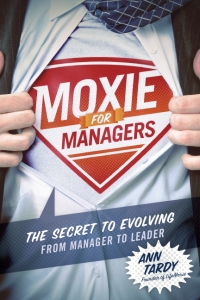 People want to stand out and be important. They want to make a difference with their contributions. Secretly they are ripe with fresh ideas about how to do things differently.
People want to stand out and be important. They want to make a difference with their contributions. Secretly they are ripe with fresh ideas about how to do things differently.
But they also fear rejection.
In fact, we each dreadfully fear rejection.
This fear of rejection from the herd often mutes those ideas. People avoid innovative thinking because it requires them to step outside of their comfort zone and leave the herd, even for a moment.
Their fear of rejection overpowers their desire to be different.
There are 6 ways that you can influence people to answer to their innovation instead of to their fear-inducing, idea-squelching herd.
6 Ways to Lure People Away from the Herd and Influence them to be Innovative Instead of Fearful:
“Pilot” is a magical word, communicating an experiment, not perfection. It demands forgiveness for imperfections. Slap it on any idea or new project and you can help people take action in the face of their fears.
2. Ask for forgiveness, not permission
Grant people the freedom to take action without getting everyone’s permission. As long as such action will not endanger another’s life or job or the company’s survival, then let them ask for forgiveness to overcome any looming initial rejection from the fearful herd.
3. Give the go-ahead
Give people the go-ahead with creativity and new ideas. People seek encouragement to step out and be innovative. You have the power to be encouraging and cheer innovation.
4. Encourage curiosity
Curiosity is the key to innovation. With curiosity comes the magical questions: “Why?” and “Why not?” When people approach the world with curiosity, they inevitably generate new perspectives, ideas, and solutions.
5. Tickle the brain
To leverage curiosity, you need people to generate fresh, gripping ideas. There are 3 activities that result in breakthrough ideas: brainstorming, brainwriting, and brainsteering.
6. Cheer for failure
Each time we fail, we learn how not to do something, and that learning connects synapses in the brain. Cheer for people’s failure and allow for conversation about what they’ve learned from it.
















